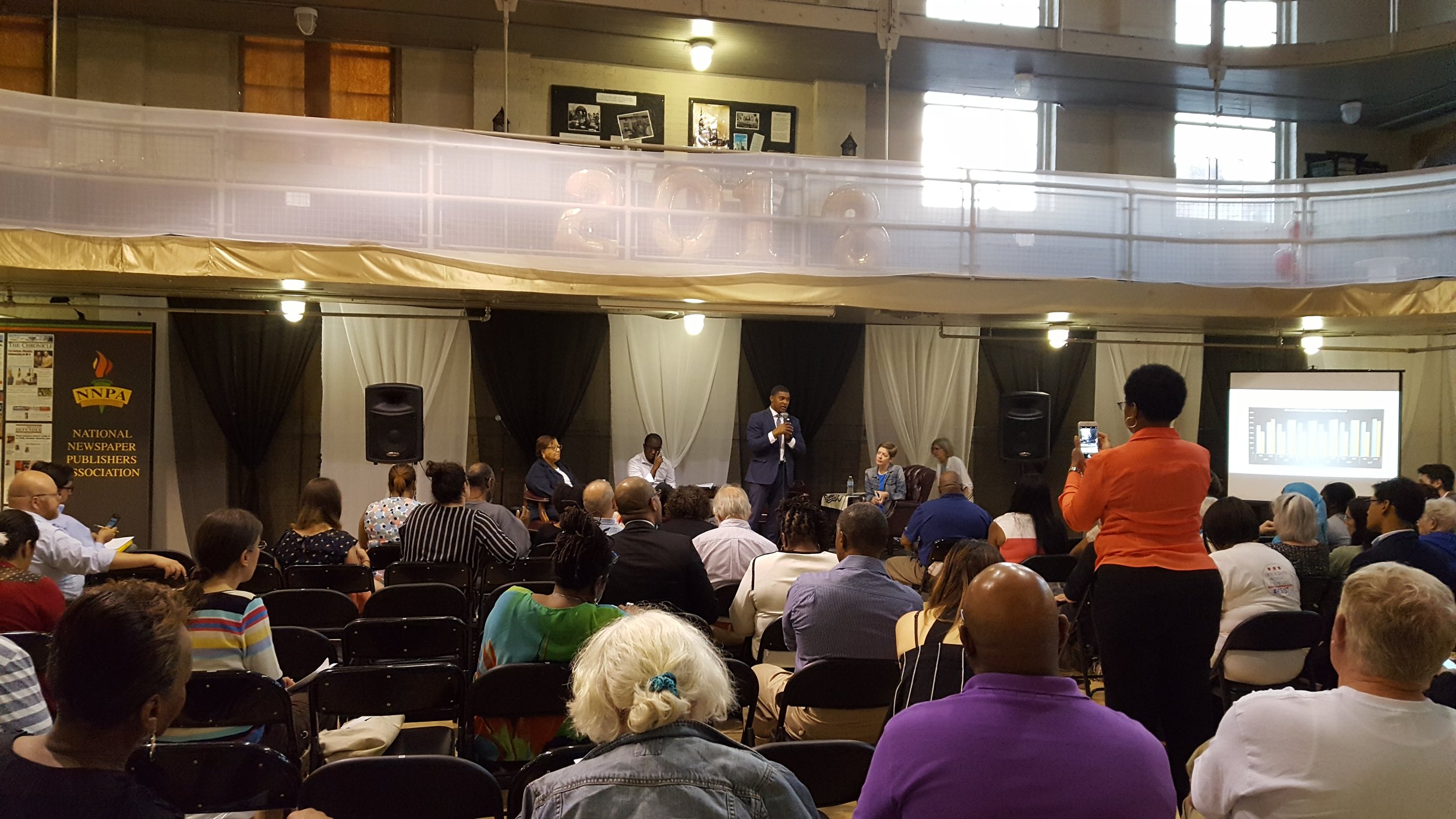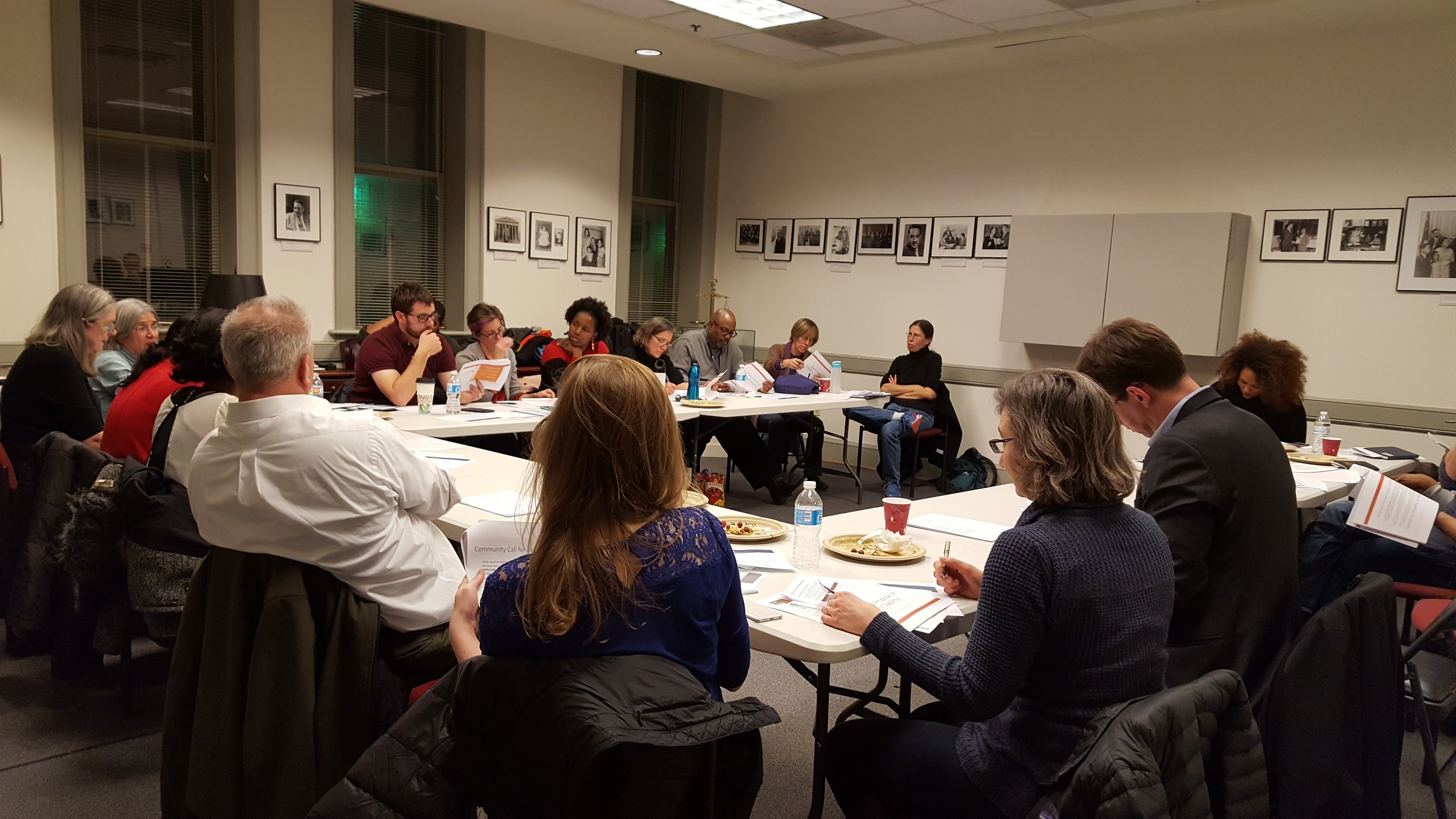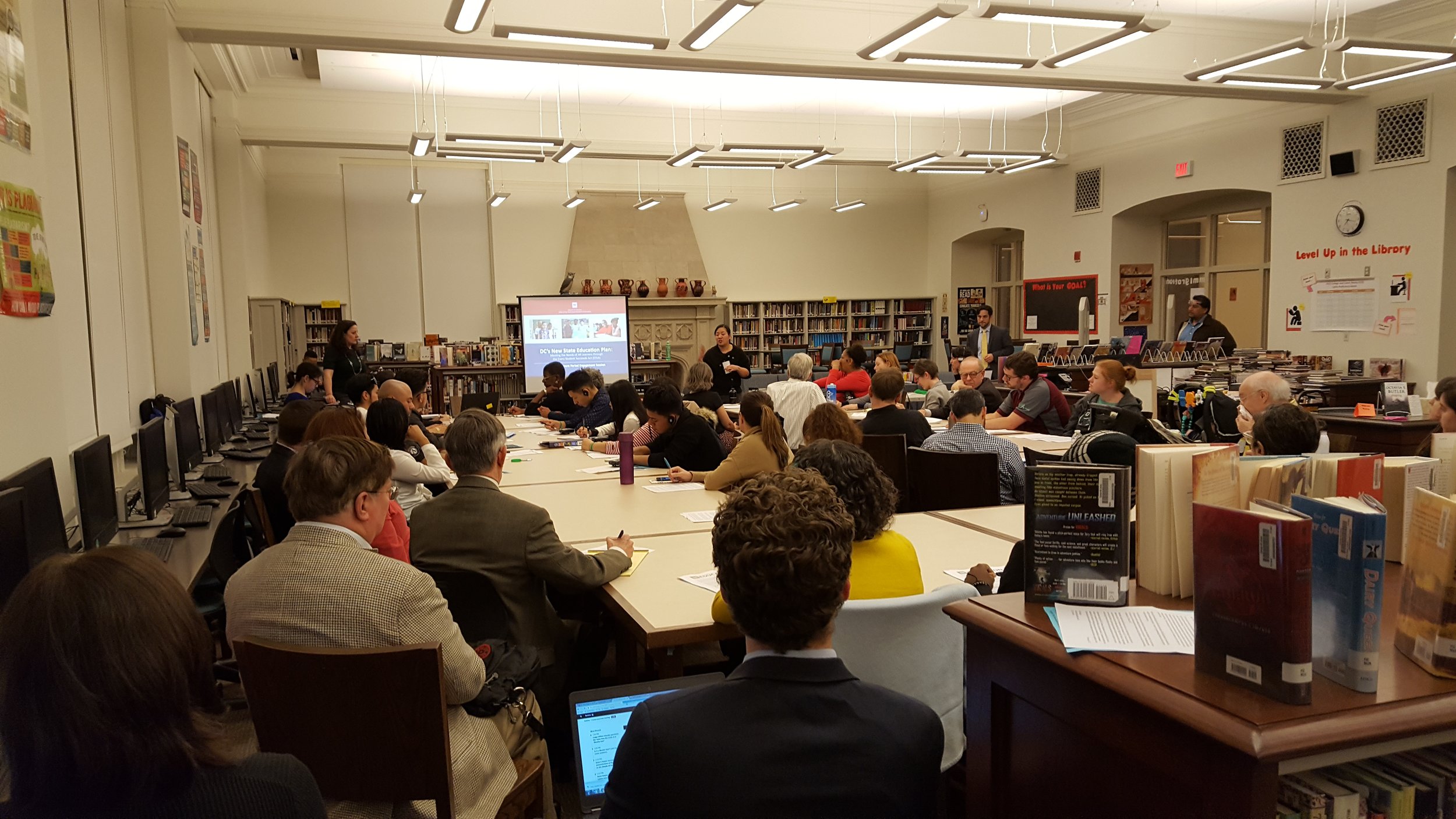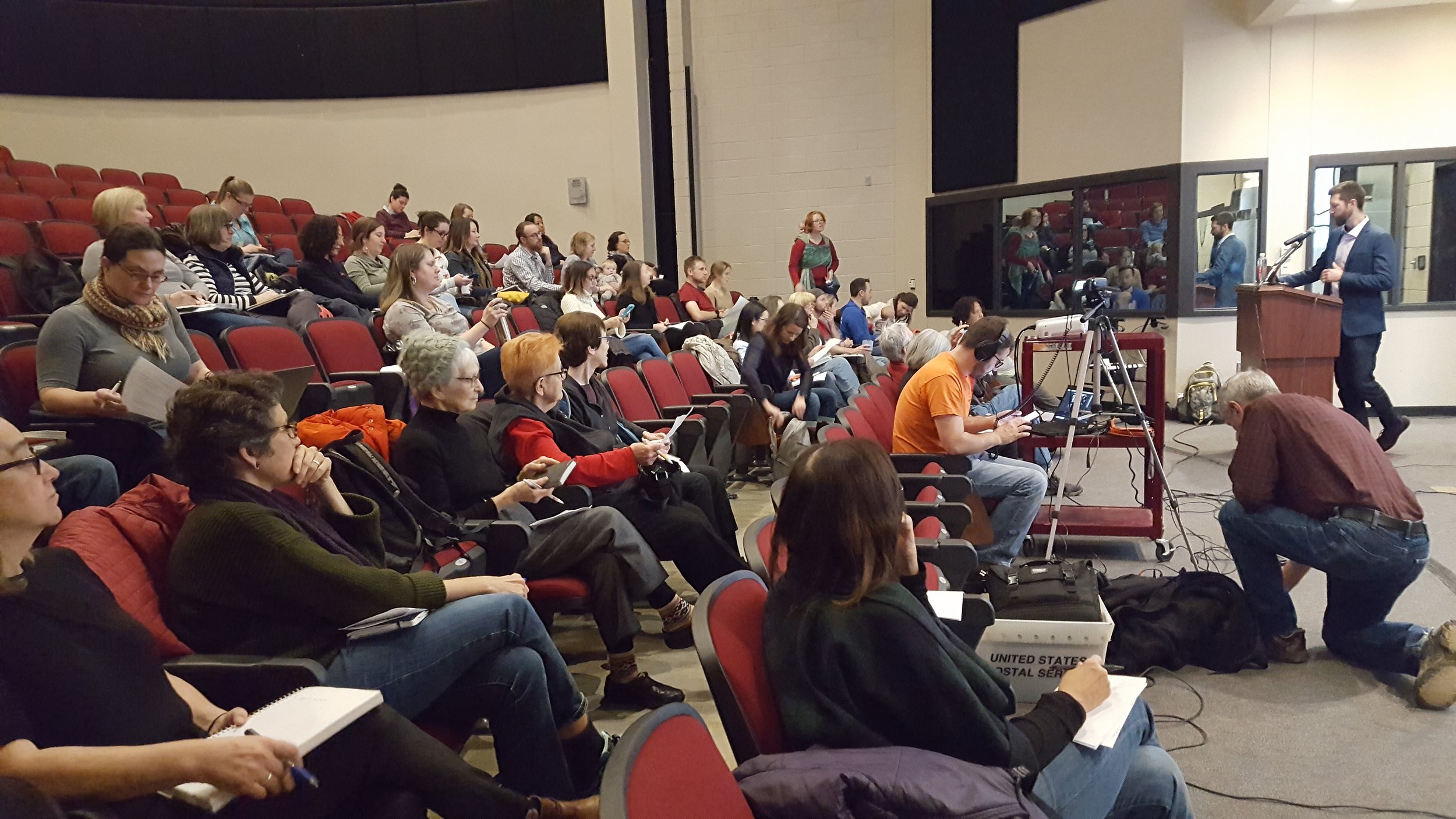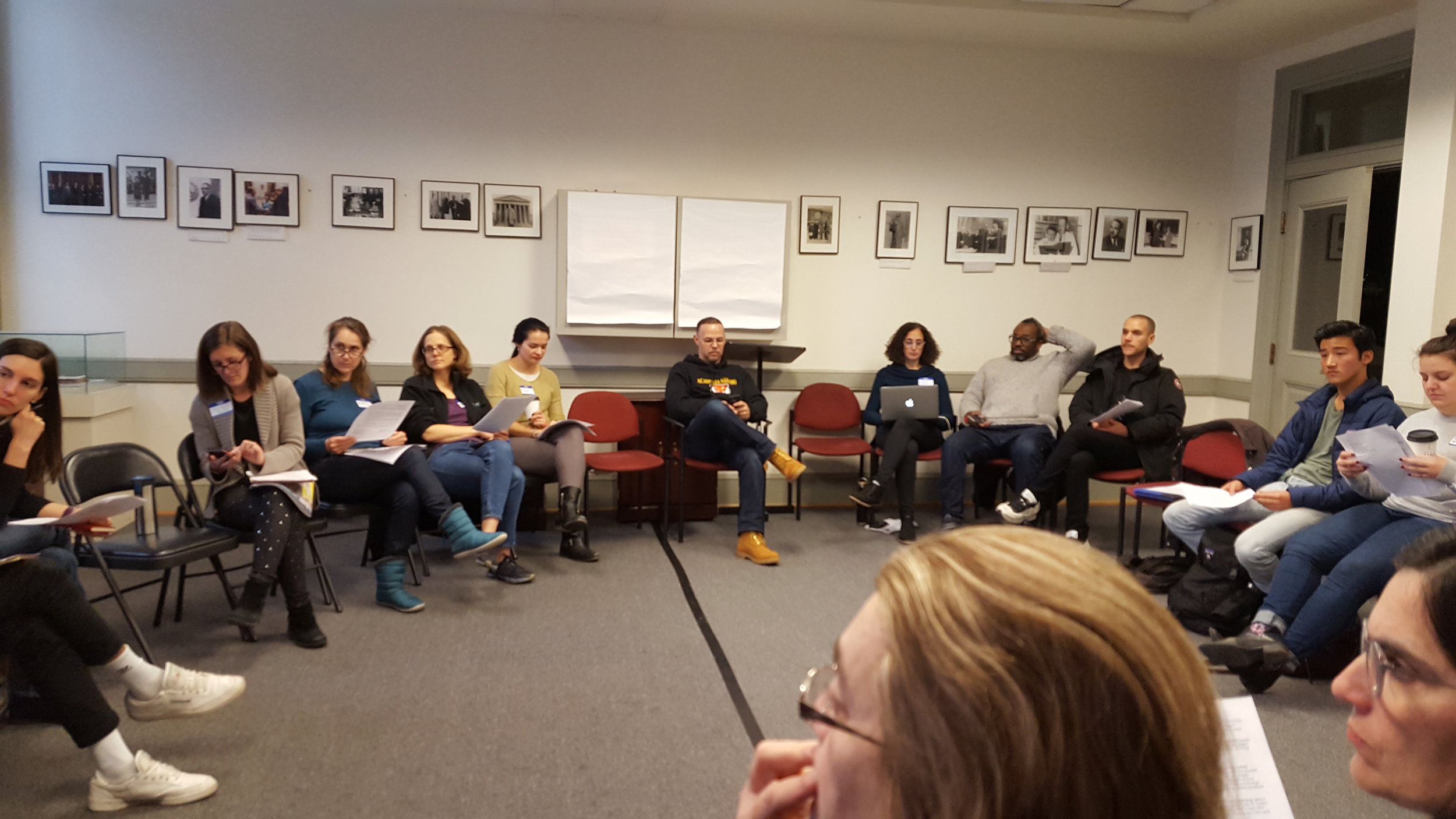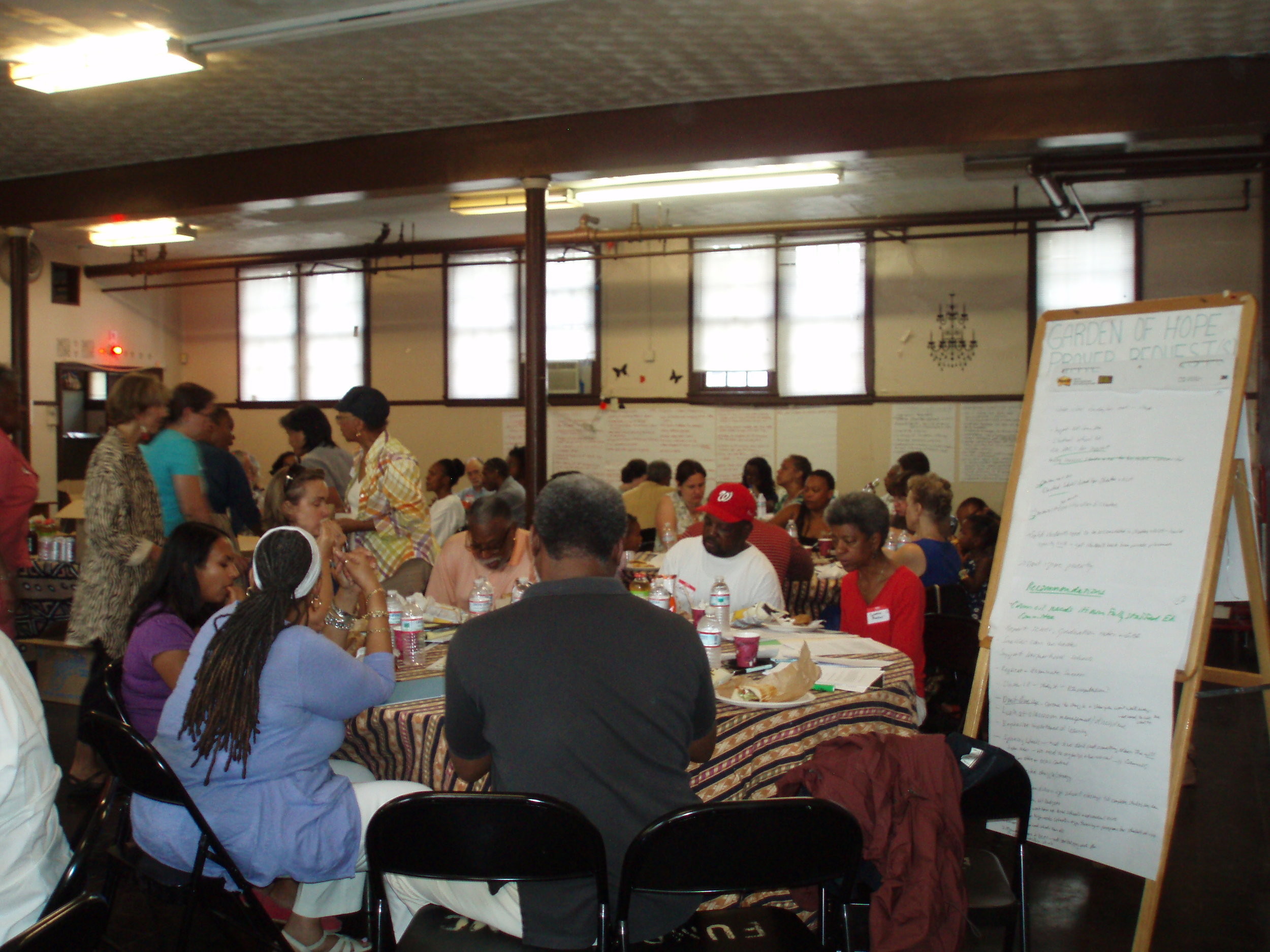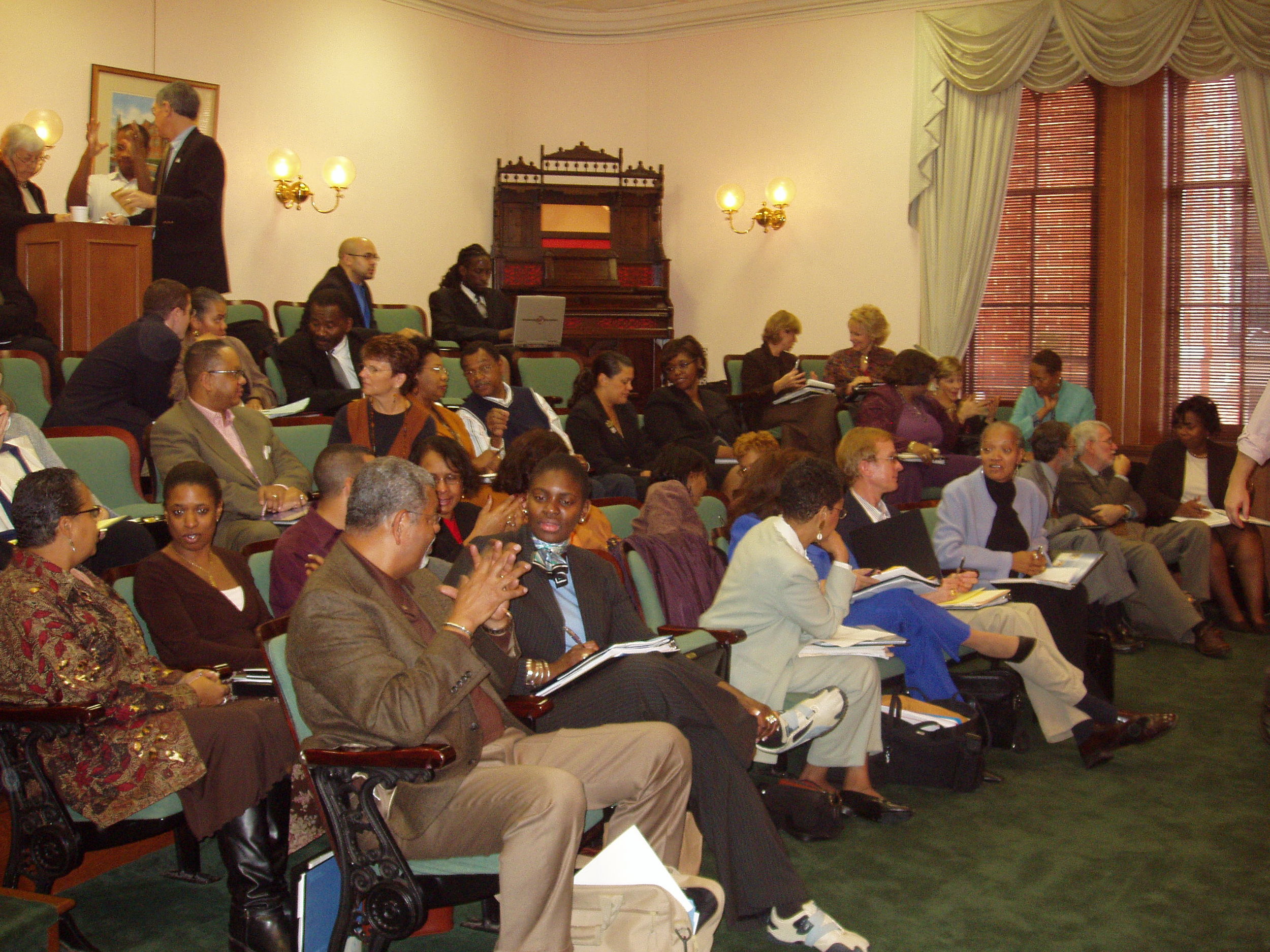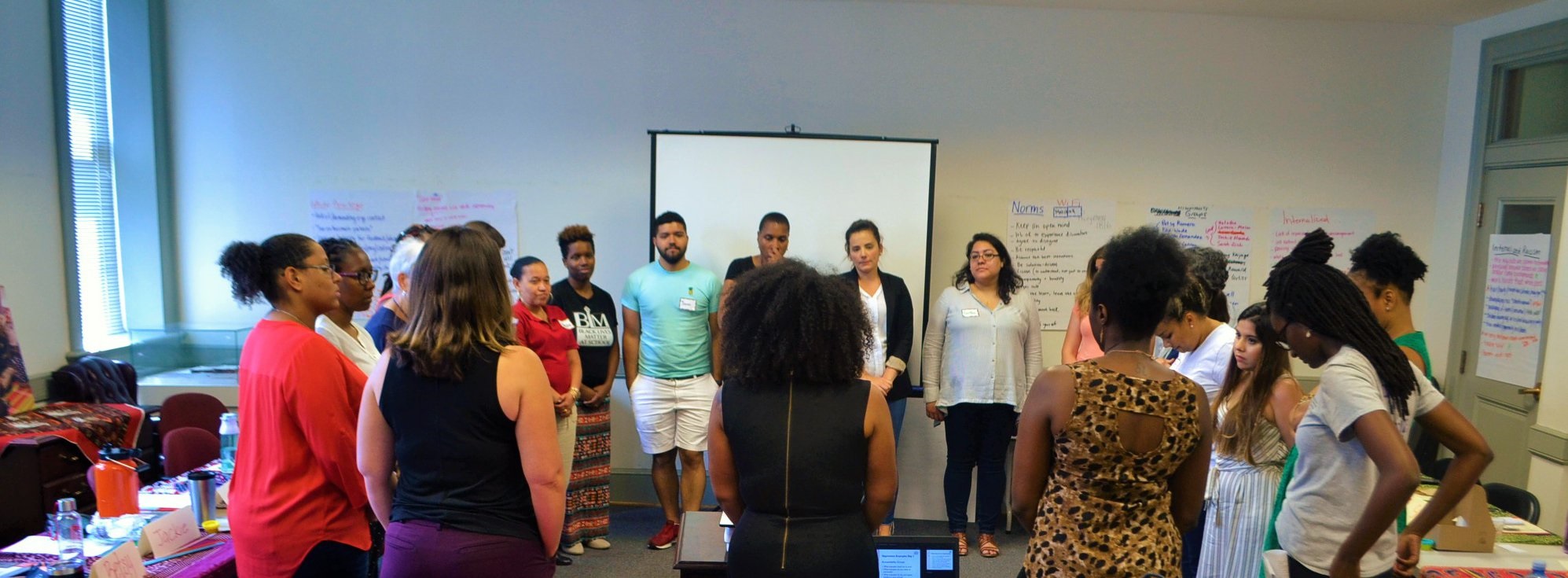Elizabeth Corinth Testimony on School Budgets
/Hello my name is Elizabeth Corinth. I am a Ward 6 resident, the LSAT Chair for School-Within-School @ Goding where my 3 children attend, and a co-organizer of the DC LSAT Collective, which is a volunteer-run group formed to promote mutual support and sharing of best practices among DCPS Local School Advisory Team members.
I’m here today to speak specifically to the impact of the recently released budget allocations on School-Within-School @ Goding. In this second year of the implementation of DCPS’s new budget model, we have definitely experienced the “fiscal cliff” which many had warned about. Let me walk through how that came about, since many schools find themselves in a similar place right now.
In FY23, DCPS implemented a new budget model, which was bound to have some “winners” and “losers” in terms of schools going up or down in their proportional share of overall funding compared to the previous model. As a result, SWS was allocated $4.8M compared to $5.3M in FY22, a 10% decline in spite of a projected 7-student increase in enrollment. This was purely a result of the shifting priorities and impacts of the new budget model.
However, this cut was effectively temporarily papered over by stabilization funding — not just the legally required amount to get us up to 95% of our previous year’s budget, but also additional one-time funds which DCPS gave out to bring all schools up to 100% of their FY22 budgets. (Though please note that a stable budget from one year to the next is actually effectively a slight cut due to rising costs. For example, inflation over the past 12 months has been approximately 6.5%.) SWS also received $125K in Mayor’s Recovery funds, which were described as “funds designed to help schools maximize buying power by allowing them to afford similar levels of staff and programming from FY22”.*
As a result of these extra funds, at SWS last year we saw a slight effective increase in our budget compared to FY22, which allowed us to bring on several additional staff members. We were able to bump up from a part-time to a full-time French teacher, to hire a clerk to assist our deeply overworked MSL, and to bring on a behavior tech, an instructional aide, and a part-time math teacher to provide much-needed academic and social emotional interventions for students in need of extra support.
Now, I don’t have the full internal perspective, but from my vantage point as LSAT Chair, these additions felt like they initiated a deep sigh of relief among our staff, allowing people to see some respite from several years of being stretched far too thin and knowing there were students in need of additional support but not having the capacity to fully provide it.
This year, for FY24, the core budget model allocated SWS $5.1M, which was supplemented by $46K in Mayor’s Recovery funds. This is a cut of 5% from last year’s stabilized budget of $5.4M, and that cut means we will most likely have to lose not only the positions we were so relieved to add last year, but also several others. Cutting 5% of what feels like a staffing model that just barely meets our needs is a painful prospect that promises to reignite burnout among those who remain.
In terms of the bigger picture, I could not agree more with DCPS’s stated goal of directing more resources to schools serving students with the most need.** However, it would be ideal if these additional resources could come from an additional influx into the education budget, rather than feeling that we need to get this money by taking it away from schools with fewer high-need students. If we were in a situation where some schools had more money than they knew what to do with, sure. But in a situation where even schools who are not dealing with large numbers of students with high needs are (1) struggling to maintain acceptable levels of proficiency in math and reading, (2) experiencing challenges with staff retention and burnout, (3) feeling that their budgets are insufficient to meet their students’ needs, and (4) recovering from a pandemic, it seems to me that directing as many dollars as we can spare into the education system is critical at this point in time.
To be honest, and I intend to testify in more detail about this at the upcoming March 1 education agency oversight hearing, I think the new DCPS budget model has a lot of merits, and I think ultimately the Schools First in Budgeting Act is not a viable replacement. However, from the perspective of the school where I serve as LSAT Chair and send my children, I do hope that the Council will act to ensure that we don’t need to face a 5% budget cut in the upcoming school year. Thank you very much.
Footnotes:
*These funds were variously described as “one-time recovery funds to provide stability during the pandemic” and “funds designed to help schools maximize buying power by allowing them to afford similar levels of staff and programming from FY22.” Beyond these statements, I saw no transparency around how these amounts were determined for various schools. Publicly released data showed that only half of all schools received these funds — mostly aligned with whether the schools had seen a decrease in their initial budget allocation due to the new model (of the 58 schools that did *not* receive Mayor’s Recovery funds, 50 had *not* seen a budget decrease; of the 58 schools that *did* receive Mayor’s Recovery funds, 46 *had* seen a budget decrease).
**Whether / to what extent the new DCPS model does actually accomplish this stated goal is definitely a question worth further analysis, as is the question of whether those resources are effectively put to the use of serving the high-need students at those schools.
